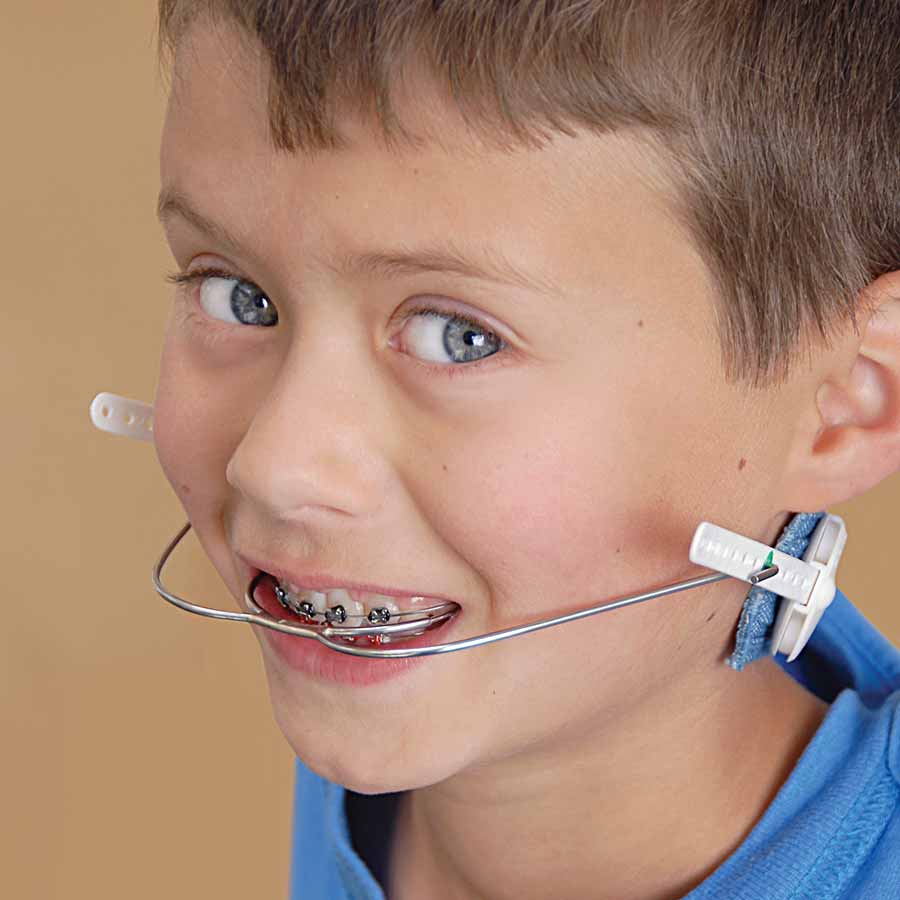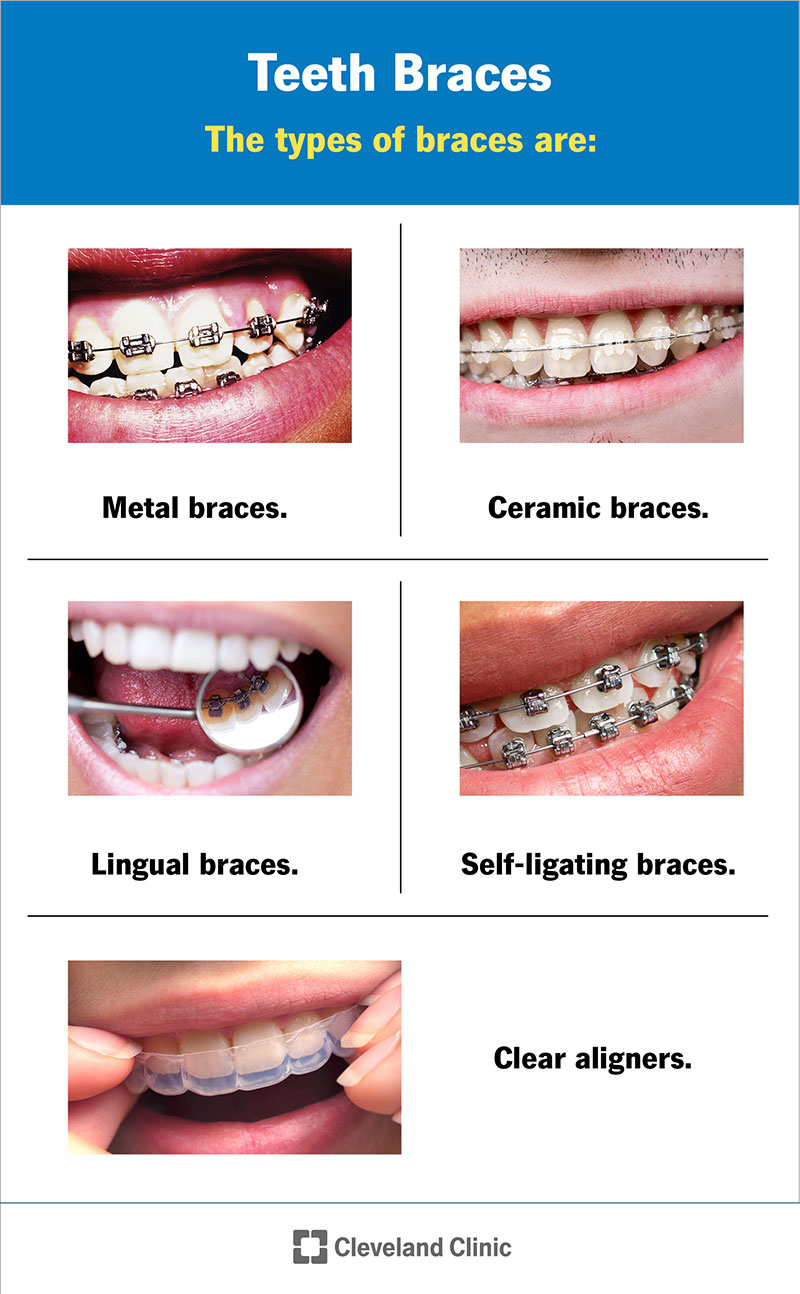Comprehensive Guide to Orthodontics Treatments for Correcting Dental Imbalances
In the world of orthodontics, the journey to accomplishing a flawlessly straightened smile entails a myriad of procedures customized to deal with oral misalignments. From traditional braces to undetectable aligners and also surgical alternatives, the area of orthodontics uses a range of solutions to address varying levels of oral irregularities. Understanding the details of each procedure, including their systems, advantages, and prospective downsides, is critical in making informed decisions concerning one's orthodontic treatment. As we browse with the thorough guide to orthodontic procedures for fixing dental imbalances, the complex details of each approach will unravel, shedding light on the course towards a harmonious and practical oral placement.
Orthodontic Procedures Summary

Along with clear aligners and traditional braces, orthodontists may likewise advise other treatments like headgear, palatal expanders, or retainers to address certain alignment issues (cumming braces). These procedures are customized to each patient's special requirements and may involve a mix of treatments to accomplish the desired results. Routine adjustments and tracking are critical components of orthodontic treatment to ensure progress gets on track and to make any required adjustments along the means. By undergoing orthodontic procedures, people can not only achieve a straighter smile yet likewise improve their overall oral health and wellness and function.
Typical Dental Braces: Just How They Work
When taking into consideration orthodontic therapies for oral imbalances, traditional dental braces attract attention as a time-tested technique for dealing with teeth placing. Standard braces consist of brackets, wires, and bands that work with each other to use continual pressure on the teeth, gradually moving them right into the preferred positioning. The braces are affixed to the teeth using an unique adhesive, and the wires are threaded with the braces. By changing the tension of the cords, orthodontists can manage the instructions and force applied to each tooth, directing them into correct alignment over time.
One trick facet of exactly how traditional braces work is the process of bone makeover. As stress is applied to the teeth through the braces, the bone surrounding the teeth is reshaped to support the brand-new tooth positions. This improvement is important for the lasting stability of the remedied placement. Clients will need routine changes at the orthodontist's office to make sure the braces remain to use the proper stress for reliable teeth motion.
Undetectable Aligners: Cons and pros
These clear, custom-made trays are basically invisible when worn, making them an appealing option for people looking for a much more aesthetically pleasing orthodontic therapy. Patients can get rid of the aligners prior to eating or brushing their teeth, minimizing the danger of food obtaining stuck in the home appliance and simplifying the cleaning process.

Surgical Orthodontic Options
Surgical interventions in orthodontics existing viable options for attending to complicated dental imbalances that might not be properly fixed with conventional orthodontic therapies. dental referrals While traditional braces and invisible aligners can remedy numerous orthodontic issues, certain situations require surgical treatment to accomplish optimum results. Surgical orthodontic alternatives are usually suggested for severe malocclusions, considerable jaw disparities, and cases where the underlying bone structure requires modification to attain proper placement.
One common surgical orthodontic treatment is orthognathic surgical treatment, which includes repositioning the jaws to fix useful problems such as trouble chewing or speaking. This surgical procedure is frequently carried out in partnership with an orthodontist that aids line up the teeth prior to and after the procedure. Surgical orthodontics might additionally entail procedures to reveal influenced teeth, remove excess periodontal tissue, or improve the jawbone to create a more harmonious face account.
Prior to taking into consideration surgical orthodontic options, patients undergo a detailed analysis to figure out the requirement and potential advantages of such treatments. braces. While surgery might seem difficult, it can dramatically enhance both the function and aesthetics of the smile in cases where conventional orthodontic therapies fail
Retainers and Post-Treatment Care

Post-treatment care entails complying with the orthodontist's directions vigilantly. This might include correct dental hygiene methods, going to follow-up appointments, and wearing the retainers as recommended. Failure to follow post-treatment care guidelines can result in relapse, where the teeth slowly relocate back in the direction of their initial settings. Consistent retainer wear, great dental health, and regular oral exams visit their website are crucial for keeping the results attained with orthodontic surgical procedure and making sure the long-term security of the dealt with oral placement.
Verdict
To conclude, orthodontic procedures use different alternatives for remedying oral misalignments. Standard dental braces utilize steel brackets and wires to change teeth into correct alignment. Unnoticeable aligners offer an even more very discreet option yet may not appropriate for all situations. Surgical orthodontic alternatives are offered for define dentistry much more severe imbalances. Retainers are frequently used post-treatment to keep the brand-new alignment. On the whole, orthodontic procedures can efficiently improve oral wellness and aesthetic appearance.
As we browse via the extensive guide to orthodontic treatments for correcting oral imbalances, the intricate details of each approach will unfold, dropping light on the path toward a harmonious and functional dental positioning. - cumming invisalign
One of the most common orthodontic therapies is the use of dental braces, which are composed of metal brackets and cables that apply mild pressure to gradually change teeth right into the desired placement.When thinking about orthodontic treatments for oral imbalances, conventional braces stand out as a tried and true approach for dealing with teeth placing. In addition, unnoticeable aligners might not be appropriate for complex orthodontic issues that need more considerable teeth motion, as they are generally recommended for mild to modest instances. Retainers are tailor-made orthodontic devices made to hold teeth in their fixed settings after the completion of orthodontic therapy.
 Brian Bonsall Then & Now!
Brian Bonsall Then & Now! Dylan and Cole Sprouse Then & Now!
Dylan and Cole Sprouse Then & Now! Michael C. Maronna Then & Now!
Michael C. Maronna Then & Now! Lucy Lawless Then & Now!
Lucy Lawless Then & Now! Katey Sagal Then & Now!
Katey Sagal Then & Now!